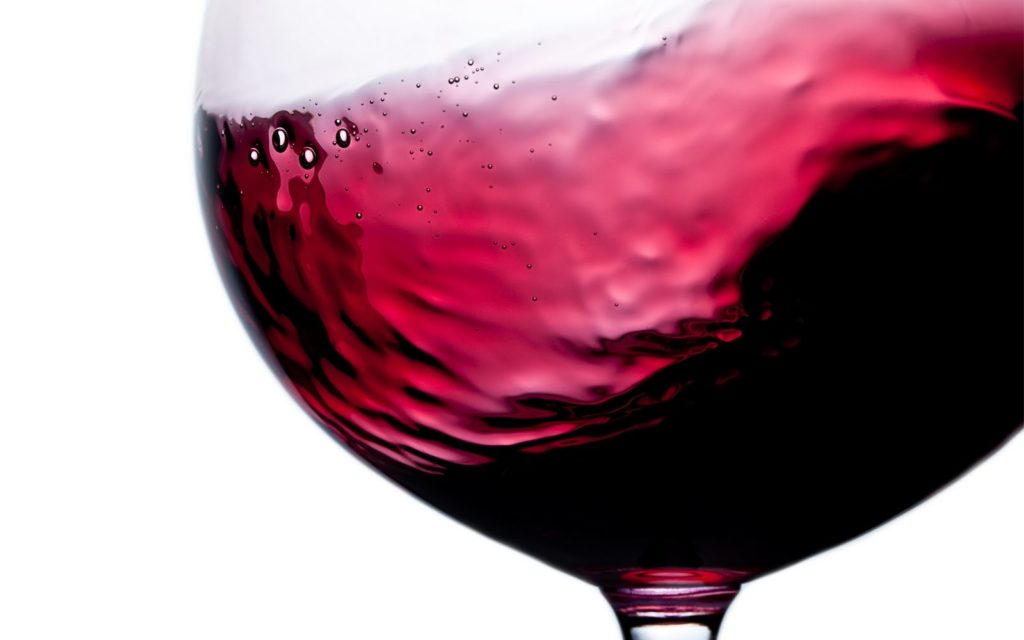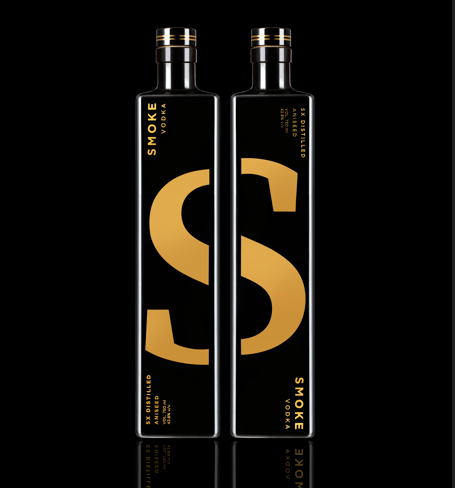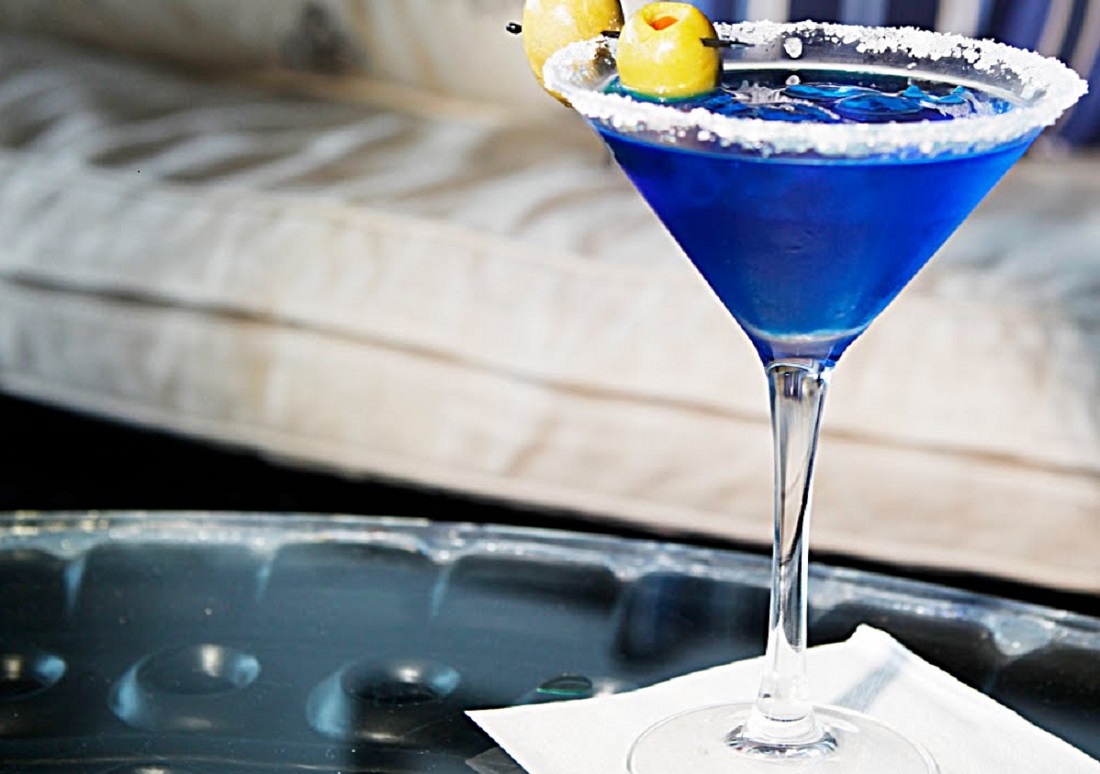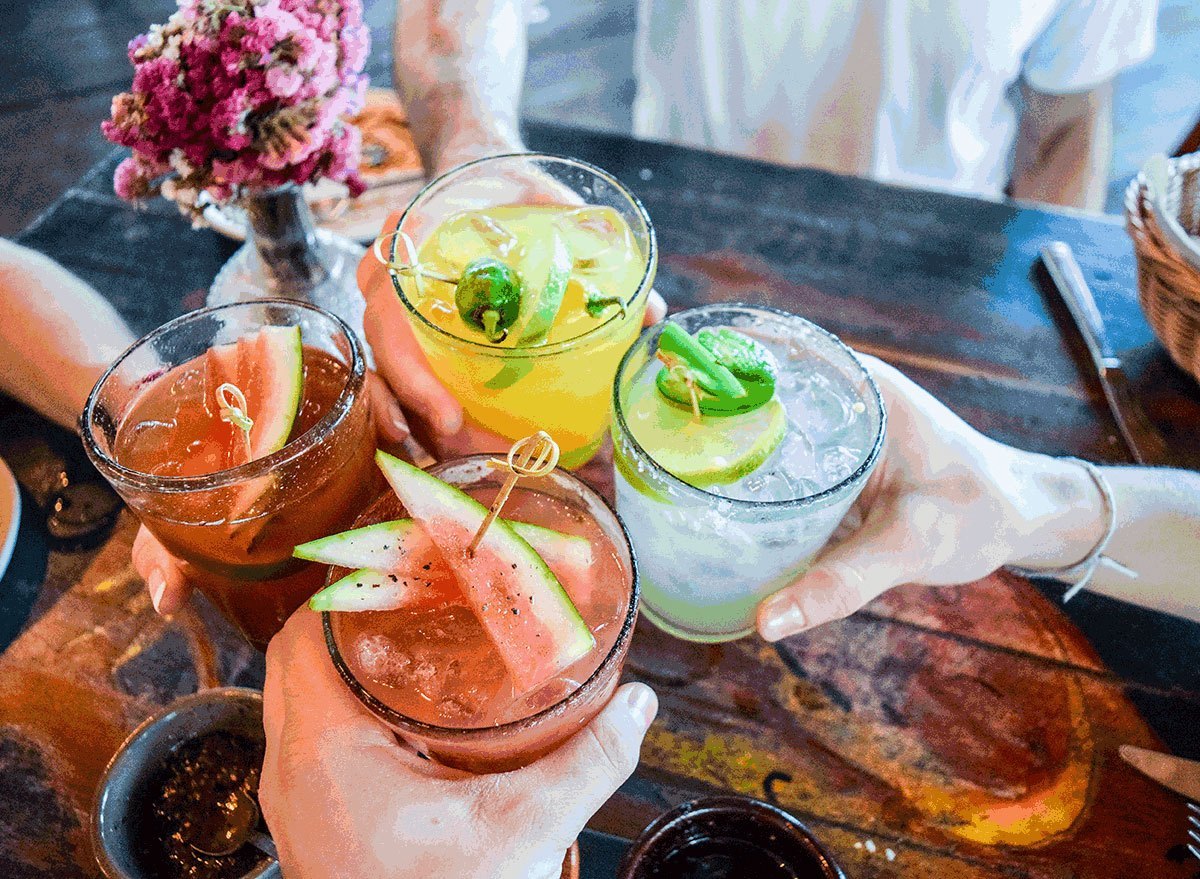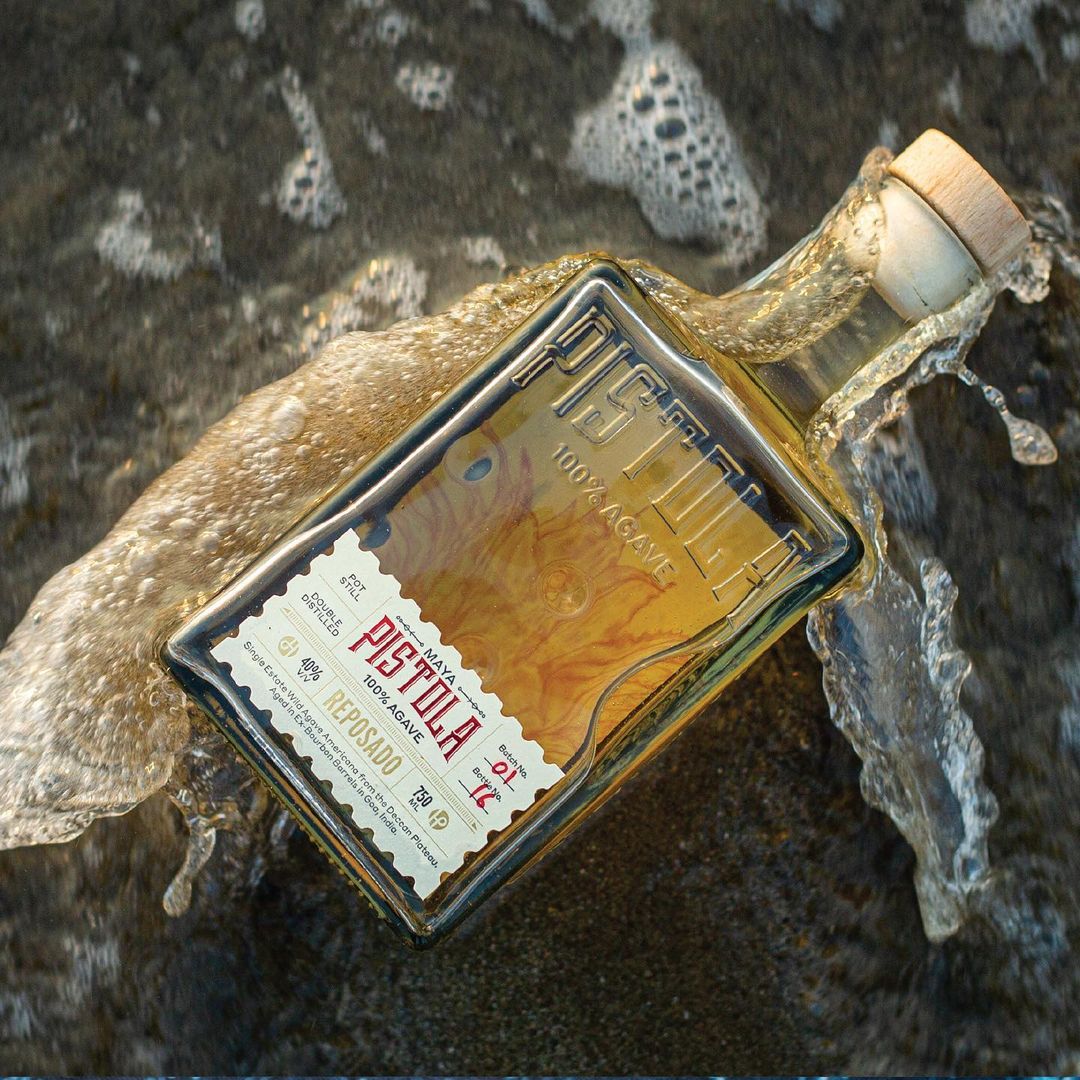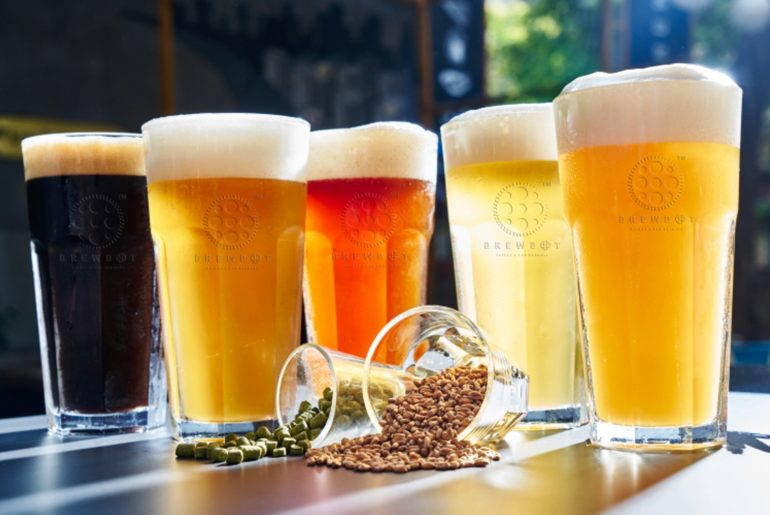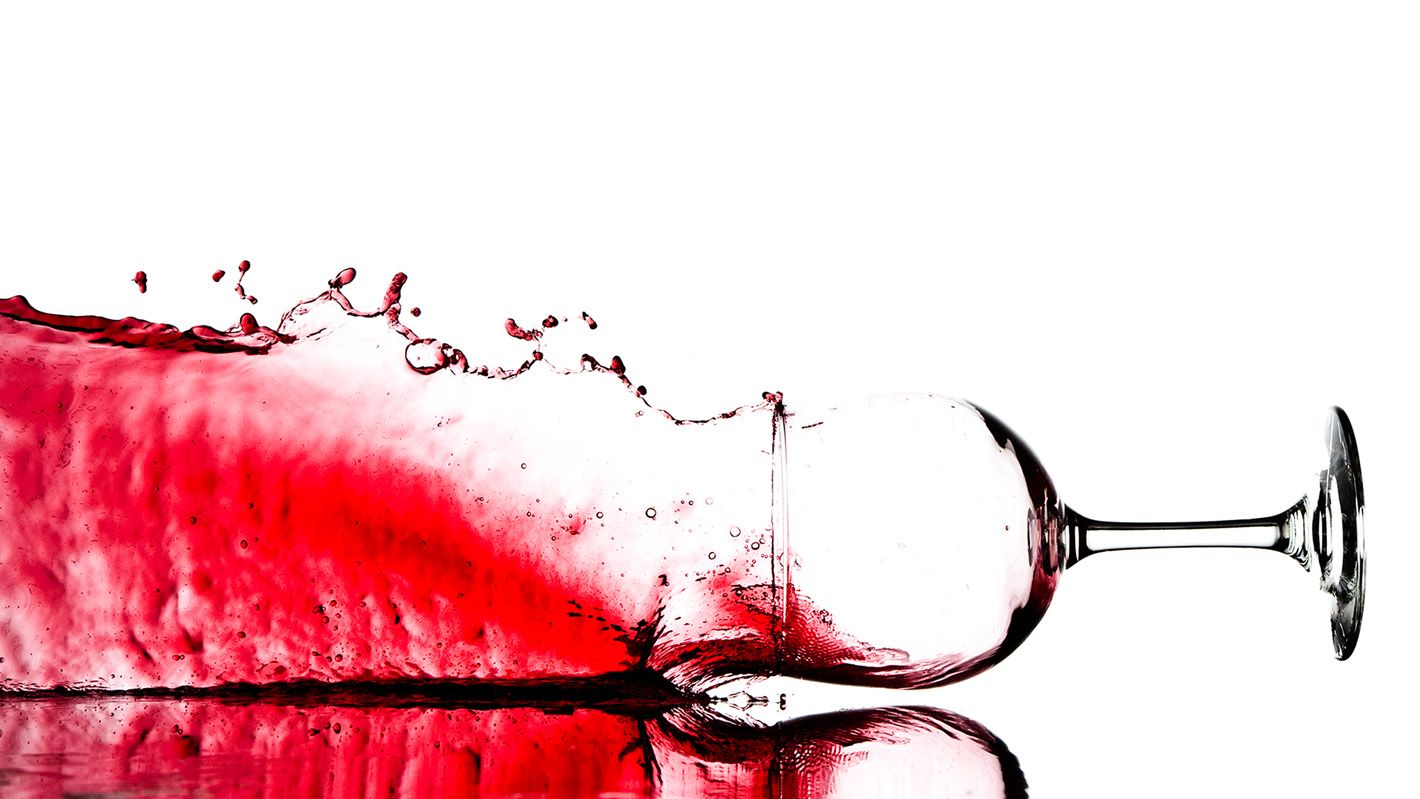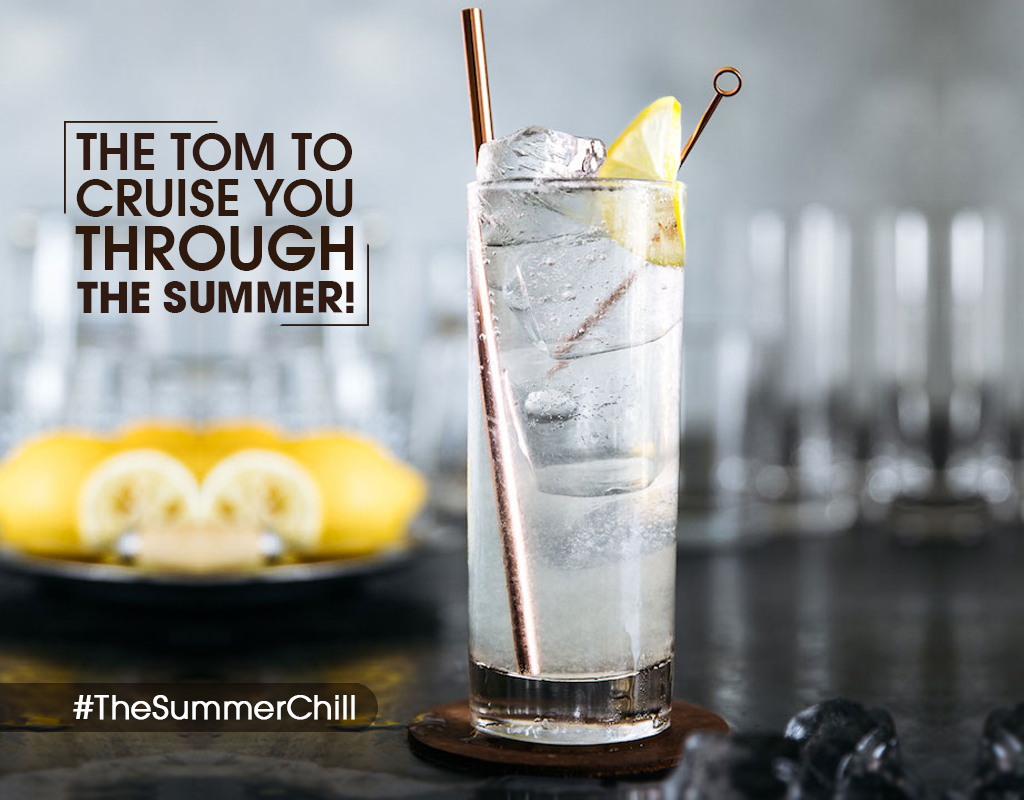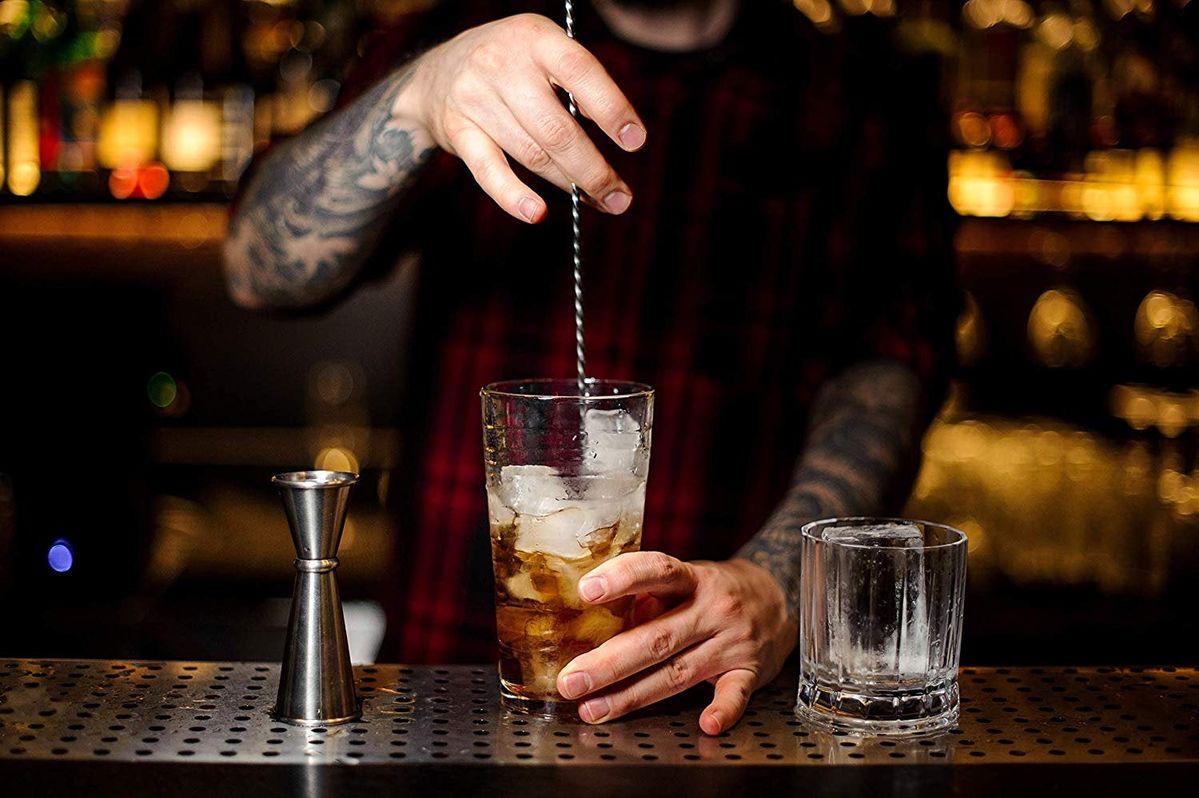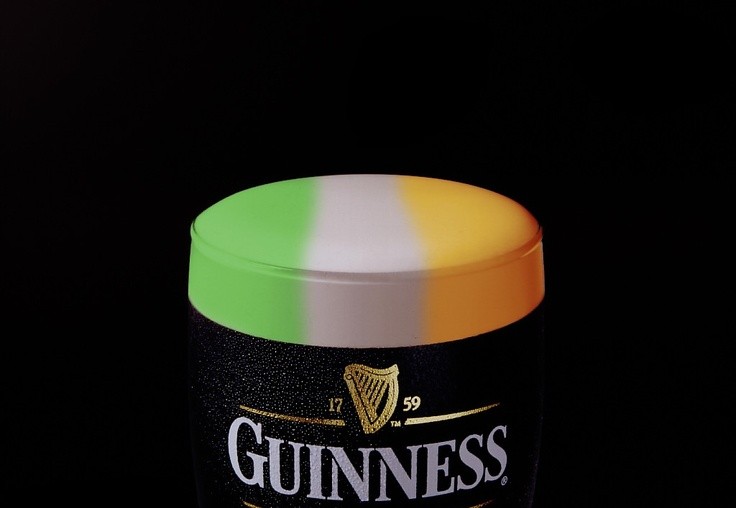We have already discussed when swirling your wine can be a strict no-no, so naturally, every other instance should be one when we should, right? Well, no. I can’t care so much about wine etiquette, but the drinking experience comes paramount, and while the previous guide does help you understand what to avoid, this one will tell you exactly when, why and how to swirl your wine.

Just as last time, we have our friends, Physics and Chemistry to help us make better decisions.
So, first off, here’s what swirling wine doesn’t do:
- Swirling your wine doesn’t tell you about the viscosity of the wine. In simpler terms, it doesn’t talk about the sweetness of the wine. It’s a myth that the tracing of wine settling down from the glass walls back into the bowl in rivulets is indication of sugars in the wine. Turns out that it’s a phenomenon called the Marangoni Effect, which allows the liquid to display the so-called “legs” of the wine, as the alcohol from it evaporates.
- It doesn’t make your wine taste better. In fact, swirling can compromise a lot of the flavour molecules for volatile aromas which make for a heady bouquet of the wine. Which is why, as discussed in the earlier guide, it’s best to follow restraint when swirling.
Here’s when you MUST swirl your wine:
- To understand the food pairing – The reason food and wine go together is because the same senses are triggered in their consumption, but you don’t need to be a genius to tell that. What is important is understanding that the complex experience that food or wine offers.
Case in point, if you were to just smell a bowl of Dum Biryani, blindfolded, your first thought would mostly likely be that the dish presented to you is sweet, but the taste offers a very angle to this flavour story that mixes surprisingly well. Same goes with wine, as the palate and the nose can tell you different stories, but together they work really well.
If we can identify the “story” that a wine is trying to tell, we can customise its outcome with the right food pairing, and when it comes to swirling, a little can tell a lot. - When you have the right glassware – Swirling has everything to do with getting the wine as much in contact with air as possible – it’s a simpler form of decantation. So, it helps to not only have a glass with a wide bowl, which allows air to touch wine at all the right places, but also one which has a tall chamber which can retain the aroma molecules released by the wine for one to sniff.
Also, on that note, don’t use champagne flutes to swirl – you’ll look really dumb. - Knowing how much to swirl – And that depends a lot on the age of your wine. We can choose to be rather vigorous with young wines, as all that kinetic energy not only out-gasses the wine of unpleasant trapped compounds, but also helps bring the flavours in the wine together. Older wines, which have had their time to develop and evolve in the bottle or cask, need to be dealt with more delicately, i.e. an excited aeration can really ruin the intensity of the flavours, and meddle with their character.
I suppose you are now armed with all the knowledge needed to make your wine drinking voyage a success with every sip. As we’ve learnt, snobbery will only make a fool out of you, but knowledge will help you approach the wine culture with the humility that one needs.
